Tokyo presents visitors with an intriguing blend of ultramodern and traditional experiences, where ancient temples stand in the shadows of soaring skyscrapers. This dynamic metropolis constantly reinvents itself while honoring centuries-old traditions, creating a fascinating urban landscape that rewards exploration on multiple levels.
Here is a list of 20 essential attractions that showcase Tokyo’s unique character, from historic landmarks to cutting-edge architecture and everything in between.
Meiji Shrine
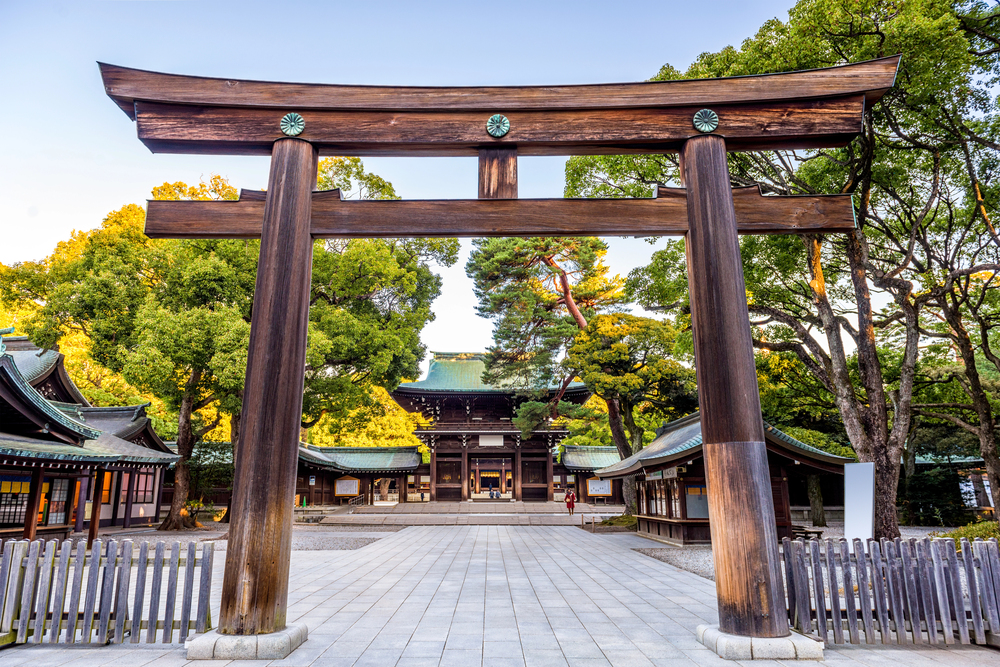
This peaceful Shinto sanctuary honors Emperor Meiji and Empress Shoken within a 170-acre evergreen forest in the heart of Tokyo. The massive torii gates marking the entrance path are constructed from 1,500-year-old cypress trees, creating an immediate sense of transition from urban bustle to sacred space.
Visitors can witness traditional Japanese weddings on weekends, with brides in elaborate kimono and traditional Shinto ceremonies performed in the inner courtyard.
Tokyo Skytree
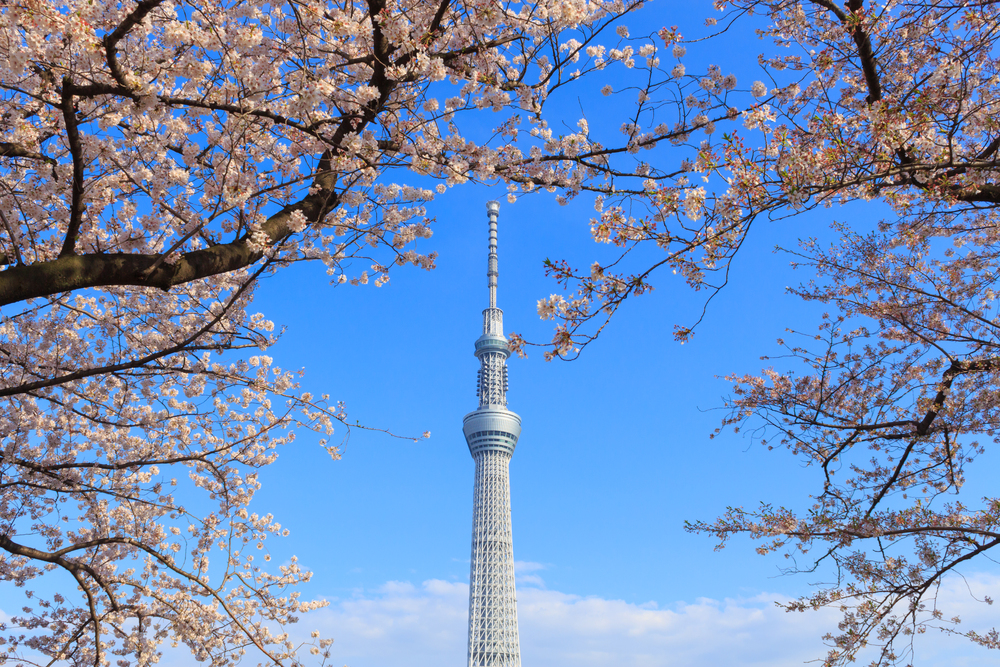
Standing at 2,080 feet, this broadcasting tower is Japan’s tallest structure and offers unparalleled views across the sprawling metropolis. The observation decks feature glass floors for vertigo-inducing downward views and special vibration-dampening technology designed to protect the tower during earthquakes.
Evening visits provide spectacular sunset vistas transitioning into a mesmerizing carpet of city lights stretching to the distant mountains.
Like Travel Pug’s content? Follow us on MSN.
Sensō-ji Temple
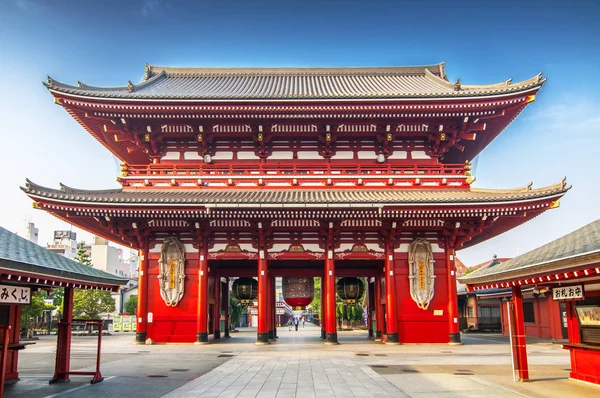
Tokyo’s oldest and most significant Buddhist temple draws millions of visitors to its distinctive five-story pagoda and massive red lantern at the Kaminarimon Gate. The approach via Nakamise Shopping Street features centuries-old shops selling traditional crafts, snacks, and souvenirs along a pathway that has served pilgrims for generations.
The main hall houses a golden image of Kannon, the goddess of mercy, reportedly fished from the Sumida River by two brothers in 628 CE.
Shibuya Crossing

This famous intersection represents Tokyo at its most dynamic, with up to 3,000 pedestrians crossing simultaneously during peak times in a perfectly choreographed urban dance. The surrounding area features giant video screens, neon advertisements, and fashion boutiques that make this district the center of youth culture in Japan.
The loyal Akita dog Hachiko, memorialized in a bronze statue outside Shibuya Station, continues to serve as a popular meeting point decades after his death.
Tsukiji Outer Market
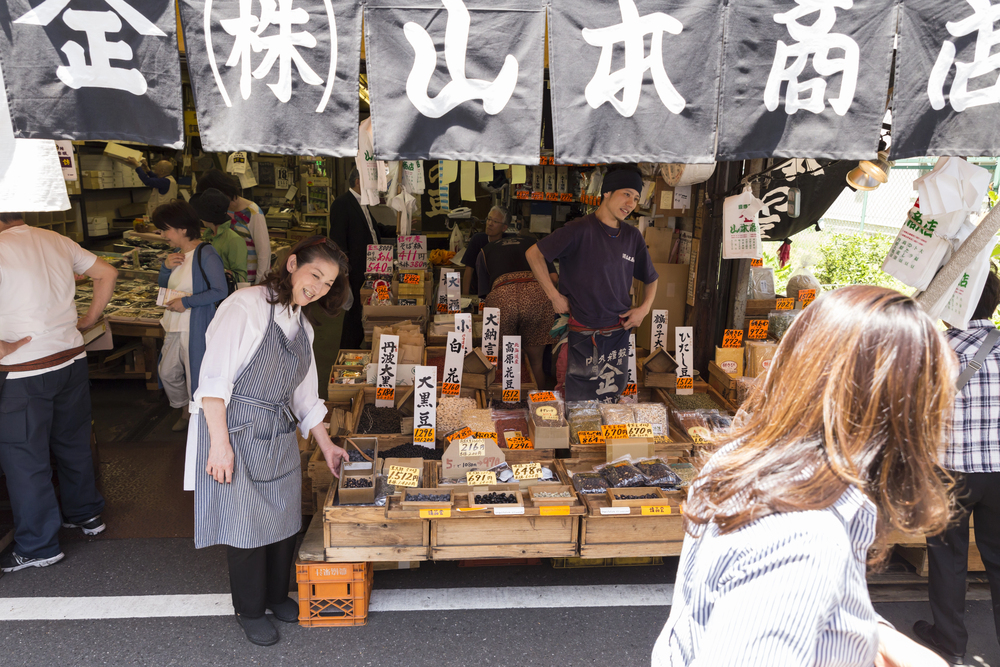
Though the main wholesale fish market relocated to Toyosu, the vibrant outer market still thrives with over 500 shops selling kitchen tools, fresh seafood, and prepared foods. Early morning visitors can sample the freshest sushi for breakfast after watching professional chefs select premium ingredients for their restaurants.
The market’s narrow alleys reveal specialized vendors selling items like handcrafted Japanese knives, traditional ceramics, and rare seaweeds used in high-end cuisine.
Like Travel Pug’s content? Follow us on MSN.
Tokyo Imperial Palace
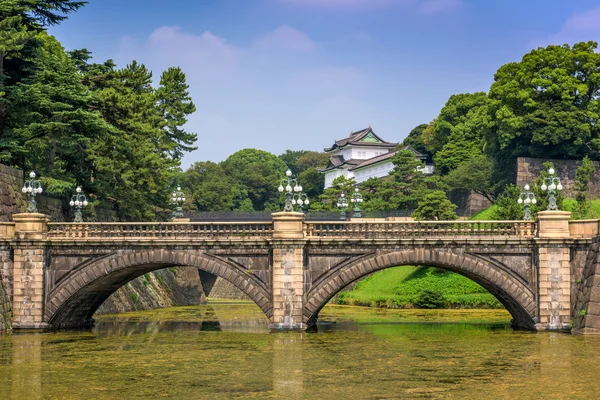
The primary residence of Japan’s imperial family occupies the site of the original Edo Castle, surrounded by stone walls and moats in the heart of the city. The meticulously maintained East Gardens showcase seasonal flowers, historic guard houses, and remnants of the original castle foundations dating to the 17th century.
During cherry blossom season and the Emperor’s birthday, special areas normally closed to the public open for limited viewing with reservations.
Shinjuku Gyoen National Garden
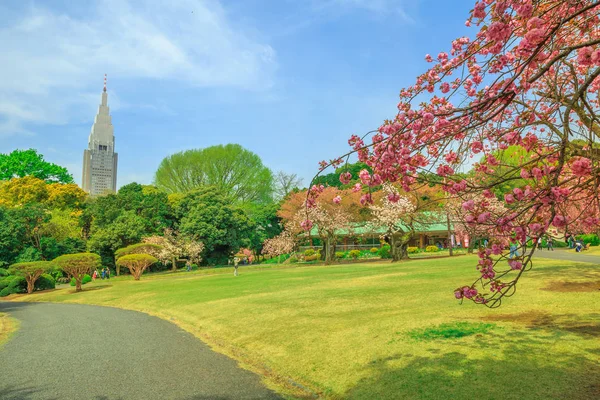
This former imperial garden spans 144 acres and has distinct Japanese, English, and French landscape sections, creating varied atmospheres within one park. The traditional Japanese garden features carefully pruned pine trees, scenic bridges, and an authentic teahouse where visitors can participate in tea ceremonies during the autumn months.
The garden’s 1,500 cherry trees make it one of Tokyo’s most popular hanami (cherry blossom viewing) locations, with different varieties extending the blooming season from late March through April.
TeamLab Borderless Digital Art Museum
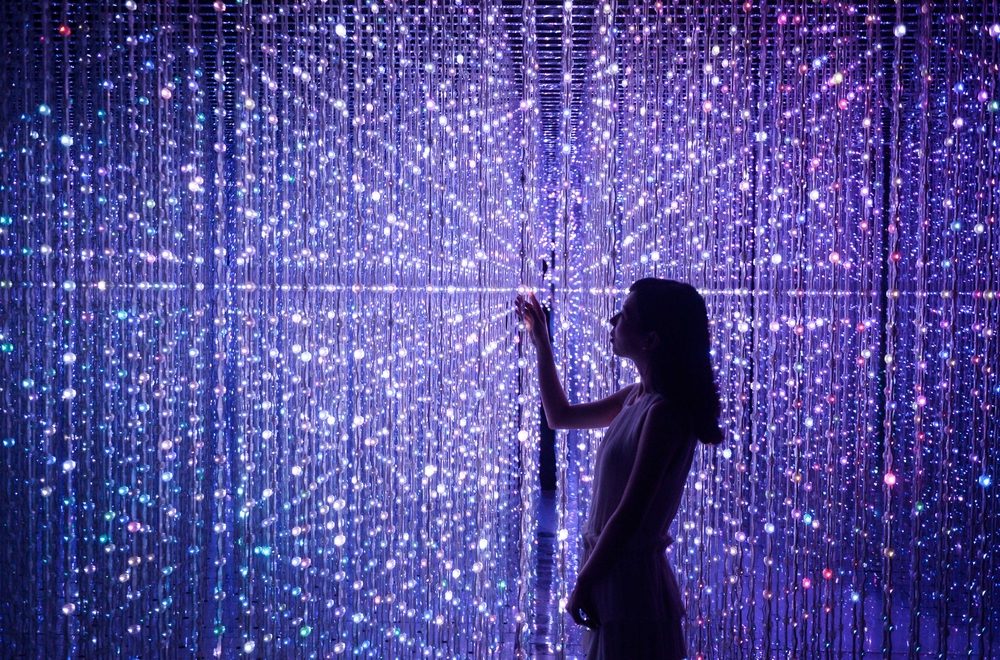
This revolutionary museum creates immersive digital art installations where colorful projections respond to visitors’ movements through connected rooms without borders. The Forest of Resonating Lamps features hundreds of Venetian glass lamps changing color in response to human proximity, creating an interactive experience unlike traditional art viewing.
The constantly evolving digital waterfall spans multiple floors, appearing to cascade down walls and flow across floors as visitors interact with the fluid images.
Like Travel Pug’s content? Follow us on MSN.
Ueno Park
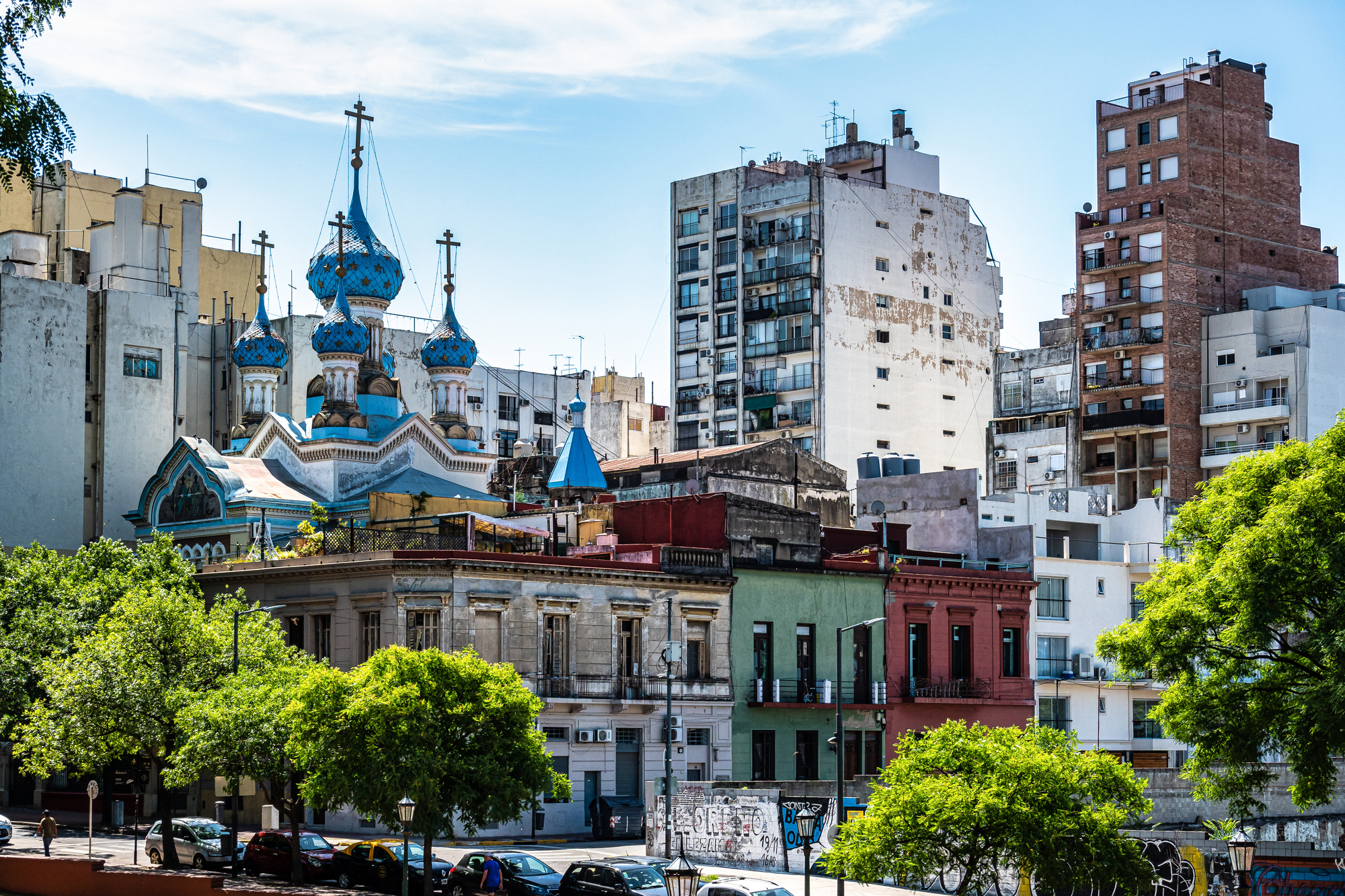
This sprawling public space houses multiple museums, a zoo, and scenic Shinobazu Pond within one of Tokyo’s oldest public parks. The Tokyo National Museum houses the world’s largest collection of Japanese art, including samurai armor, ancient pottery, and delicate woodblock prints in its extensive galleries.
Cherry blossom season transforms the park into a massive outdoor party, with thousands gathering under pink canopies for hanami celebrations that often continue into the evening with illuminated trees.
Tokyo Tower
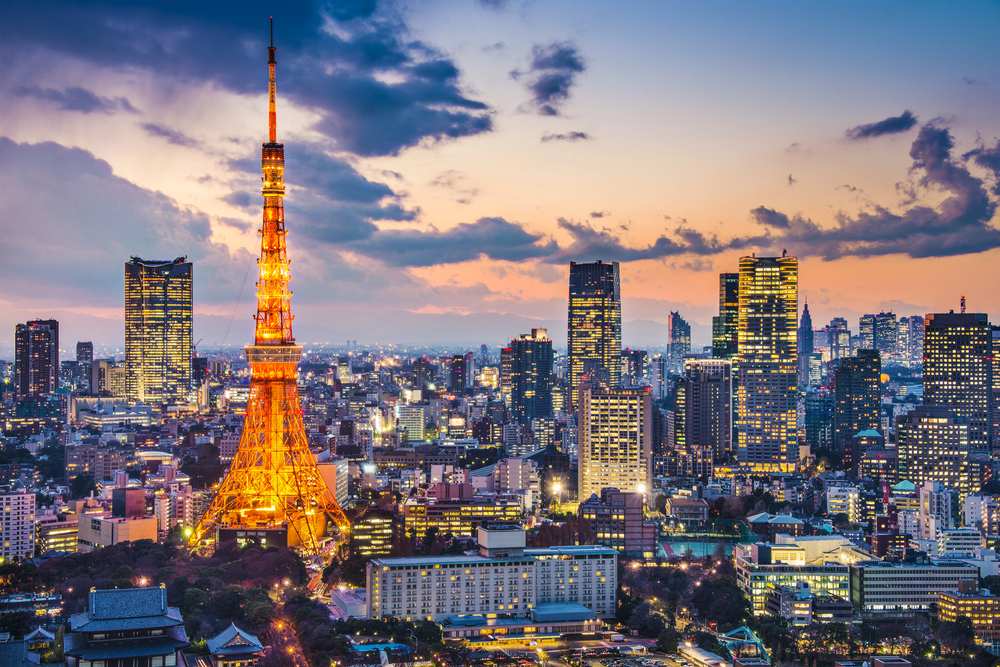
The distinctive orange-and-white tower inspired by the Eiffel Tower has stood as a symbol of Japan’s post-war rebirth since 1958. The main observatory at 492 feet offers interactive digital displays about Tokyo’s history alongside panoramic city views through large windows.
Special Observation Days allow visitors to climb the emergency staircase’s 600 steps to the Main Observatory rather than taking the elevator, providing a unique perspective on the tower’s internal structure.
Harajuku’s Takeshita Street
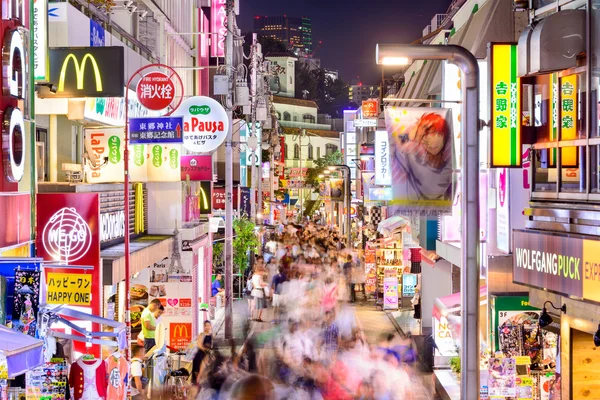
This pedestrian shopping street represents the epicenter of kawaii (cute) culture and teenage fashion trends that have influenced global style. The narrow lane packs hundreds of small shops selling colorful clothing, quirky accessories, and photogenic street foods like rainbow cotton candy and animal-shaped crepes.
Fashion-conscious Japanese youth use this area as a runway for creative self-expression, making people-watching just as interesting as the retail offerings.
Like Travel Pug’s content? Follow us on MSN.
Tokyo National Museum

Japan’s oldest and largest museum houses over 110,000 artifacts, including numerous national treasures and important cultural properties. The comprehensive collection spans Japanese art from ancient pottery to samurai swords, Buddhist sculptures, and historic calligraphy displayed across multiple buildings.
The museum’s Gallery of Hōryū-ji Treasures features precious artifacts from one of Japan’s oldest temples in a contemporary building designed by renowned architect Yoshio Taniguchi.
Akihabara Electric Town

This district is dedicated to electronics, anime, manga, and gaming culture, which creates a sensory overload of colorful signage and electronic sounds. Multi-story electronics shops offer the latest gadgets alongside specialty stores focused on specific anime franchises or vintage video games.
The area’s numerous maid cafés offer unique themed dining experiences where waitresses in costume interact with customers through games and performances reflecting otaku (geek) culture.
Ginza Shopping District
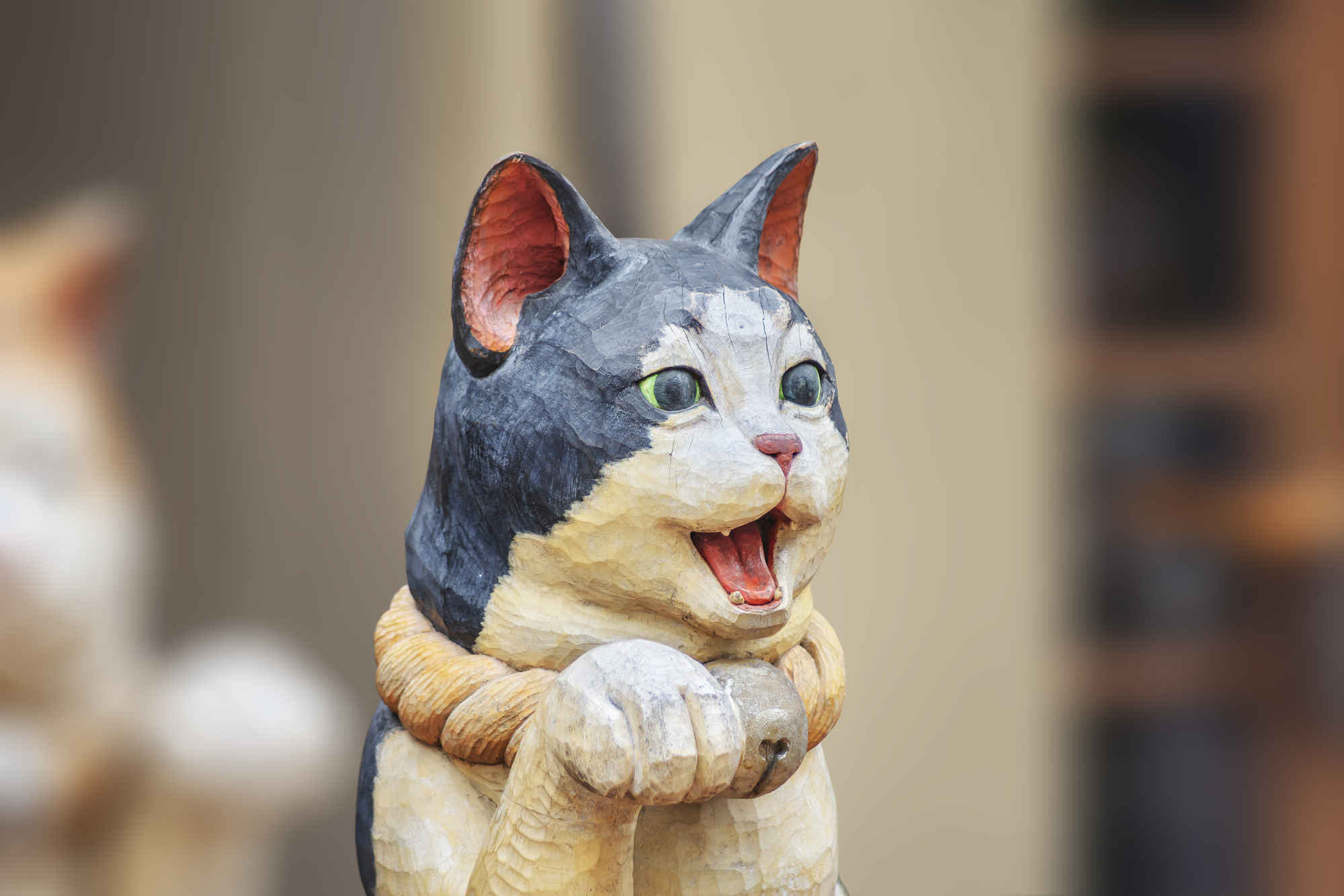
This upscale shopping area features flagship stores for international luxury brands alongside traditional Japanese department stores and specialized boutiques. The main boulevard closes to vehicles on weekends, creating a pedestrian paradise for shopping and people-watching in one of the world’s most expensive commercial districts.
Historical establishments like Itoya stationery store (founded in 1904) maintain traditional Japanese customer service alongside contemporary retailers in an area that has defined Japanese consumer culture for over a century.
Like Travel Pug’s content? Follow us on MSN.
Roppongi Hills
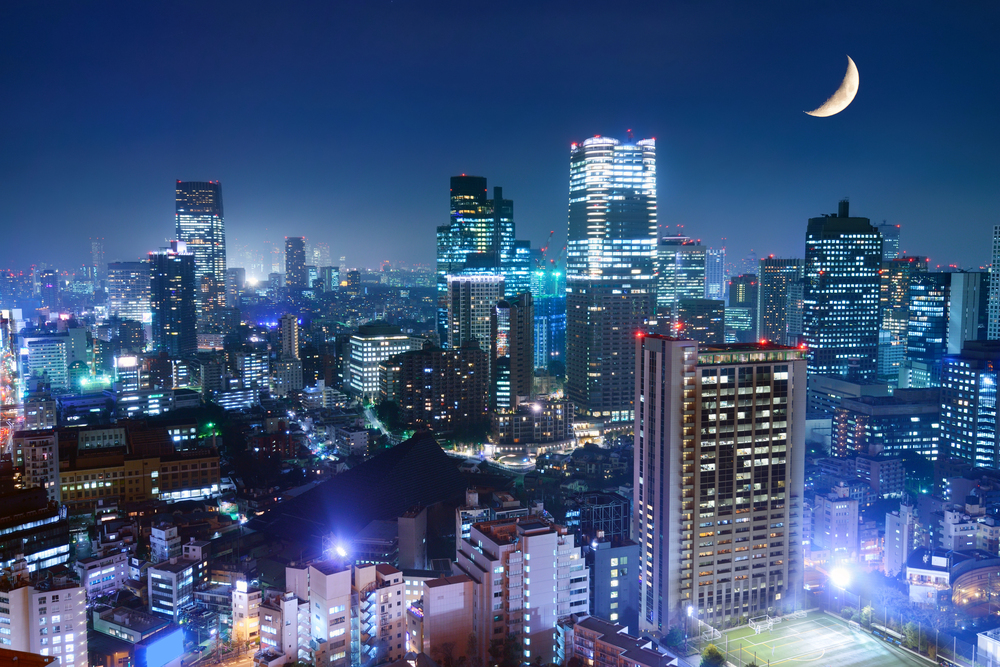
This integrated urban development combines a 54-story skyscraper with shopping, dining, housing, and cultural facilities, including the excellent Mori Art Museum. The rooftop Sky Deck offers 360-degree open-air views of Tokyo, with Mount Fuji visible on clear days beyond the urban sprawl.
Public art installations throughout the complex feature works by renowned contemporary artists, creating an open-air gallery experience amid the sophisticated shopping and dining options.
Yoyogi Park
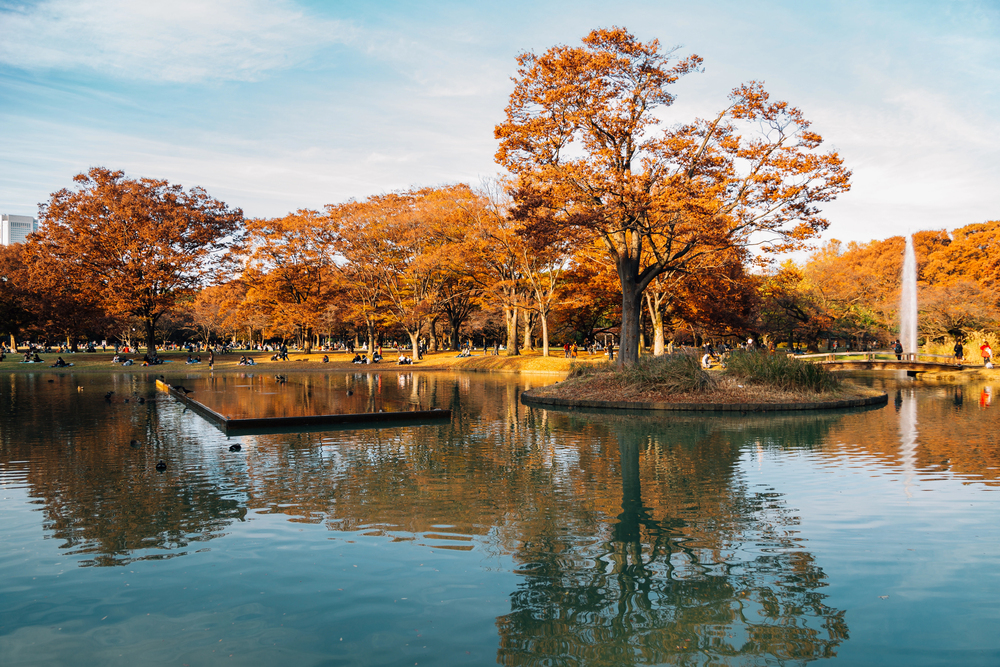
This expansive green space adjacent to Harajuku provides a refreshing contrast to Tokyo’s urban density with wide lawns and forested areas. Weekend visitors might encounter rockabilly dancers performing near the entrance, traditional Japanese festivals in the event plaza, or amateur musicians practicing throughout the grounds.
The park serves as a gathering place during cherry blossom season in spring and ginkgo viewing in autumn when the trees turn brilliant gold.
Tokyo Disneyland and DisneySea
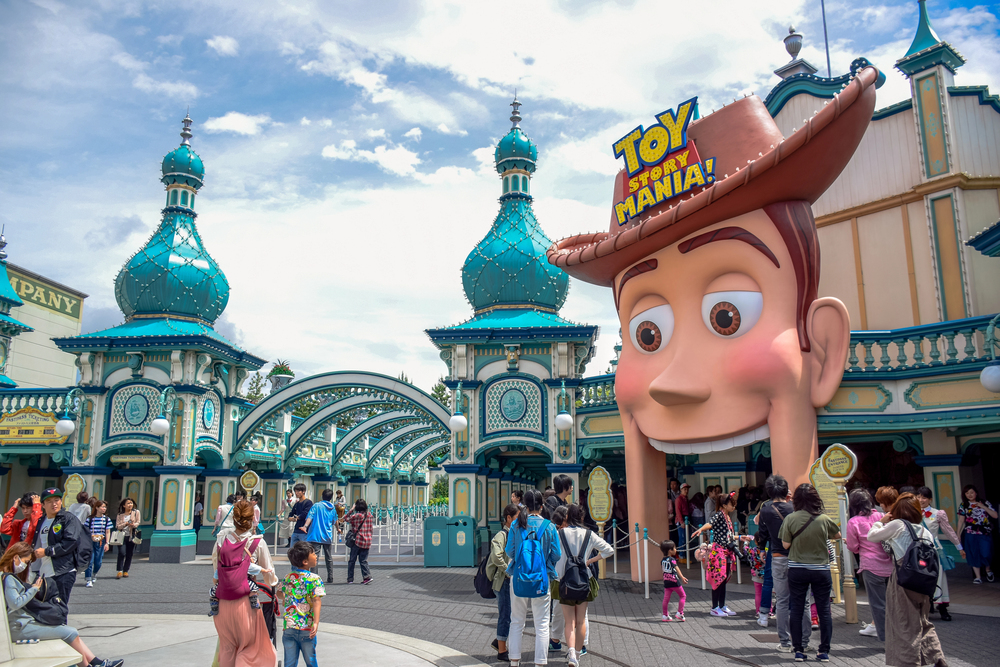
These twin theme parks offer distinctively Japanese interpretations of Disney magic, with DisneySea featuring unique attractions not found at any other Disney park worldwide. The Mediterranean Harbor area recreates Italian coastal villages with Venetian gondolas navigating the central lagoon beneath an erupting volcano centerpiece.
The parks’ attention to detail and exceptional customer service represent Japanese approaches to hospitality combined with Disney storytelling in a fascinating cultural fusion.
Like Travel Pug’s content? Follow us on MSN.
Ghibli Museum
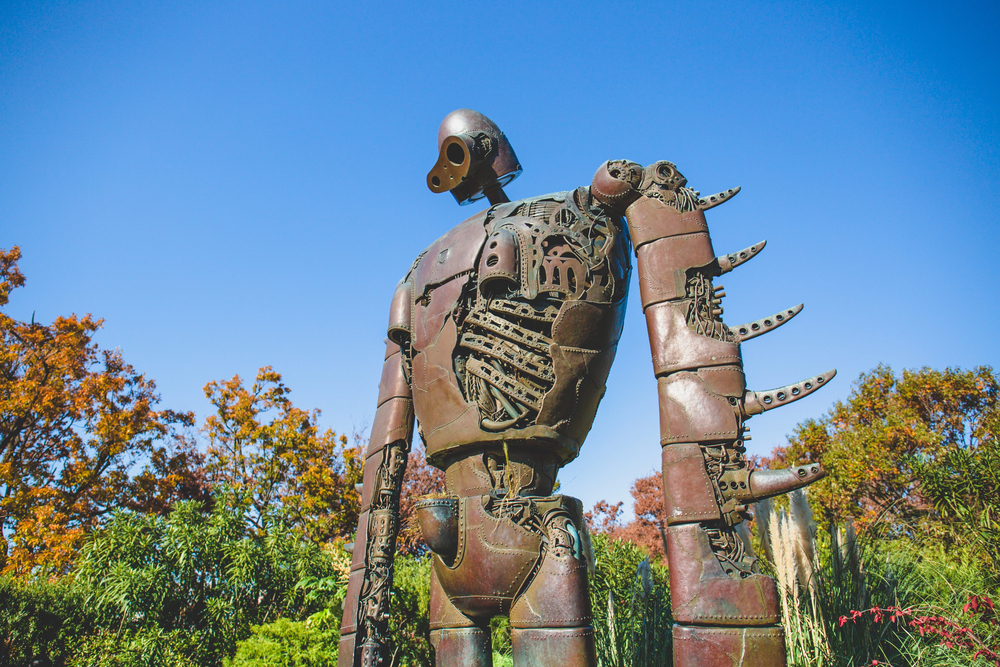
Celebrated animator Hayao Miyazaki designed this whimsical museum to celebrate Studio Ghibli’s beloved anime films with hands-on exhibits that explain traditional animation techniques. A life-sized robot soldier from “Castle in the Sky” guards the rooftop garden, while intricate miniature displays recreate memorable scenes from films like “My Neighbor Totoro” and “Spirited Away.”
The museum’s exclusive short films shown in the Saturn Theater cannot be viewed anywhere else in the world, making this a true pilgrimage site for animation fans.
Sumida River Cruise
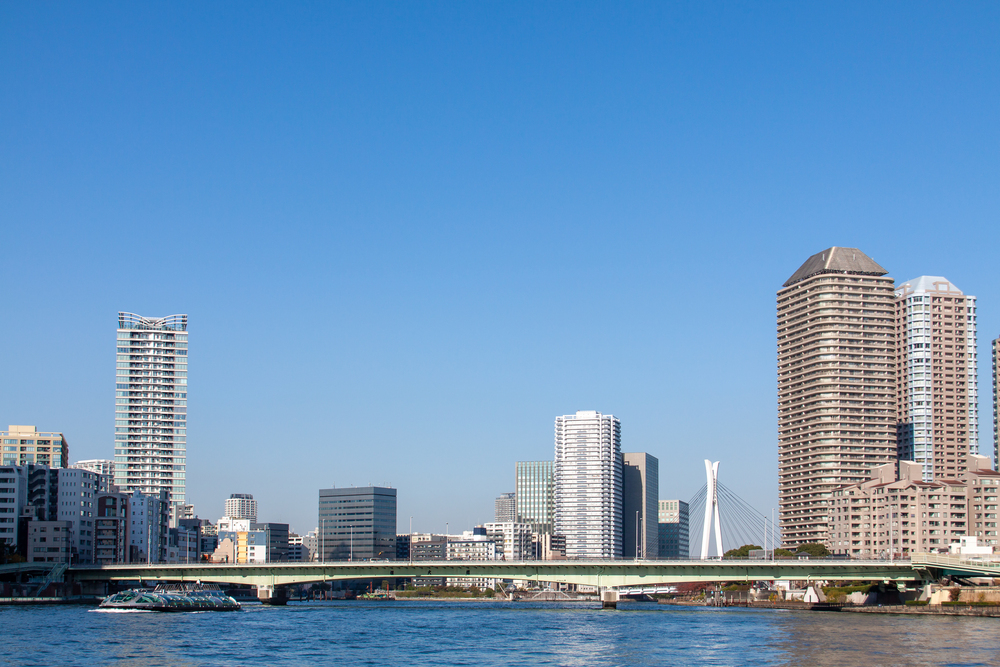
This waterway journey offers unique perspectives on Tokyo’s skyline from the historic lifeblood of the city that facilitated its growth as a trading center. Futuristic water buses with panoramic windows connect major tourist areas, including Asakusa, Hamarikyu Gardens, and Odaiba, passing beneath distinctive bridges spanning the river.
Evening cruises showcase illuminated landmarks including Tokyo Skytree, Rainbow Bridge, and historic riverfront buildings from a tranquil vantage point away from crowded streets.
Nezu Museum
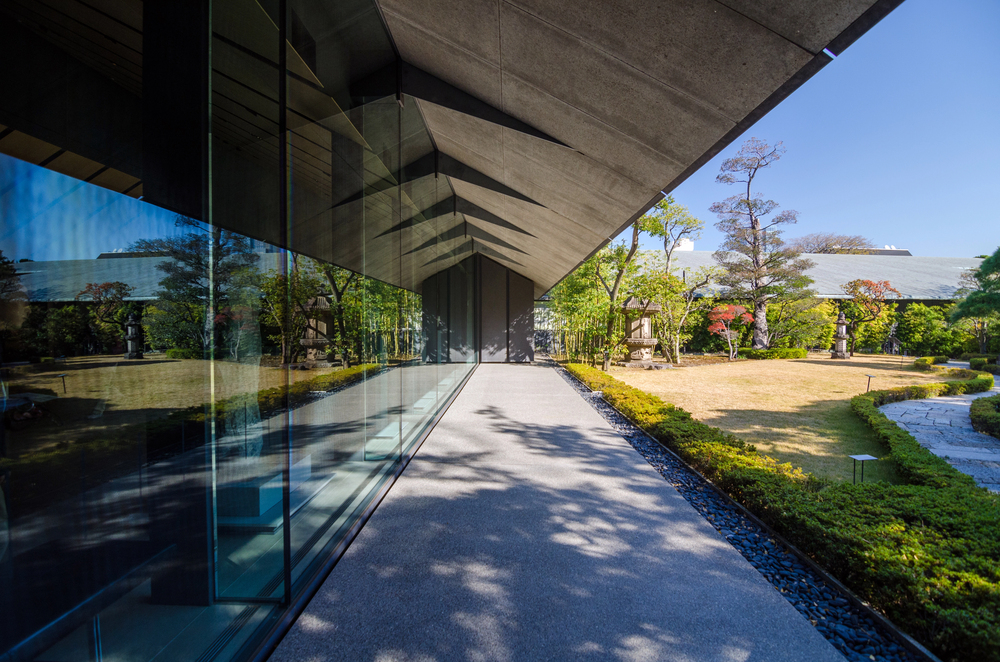
This hidden gem houses an exceptional collection of Japanese and East Asian art in a serene modernist building surrounded by a magnificent traditional garden. The museum’s collection includes ancient bronze vessels, calligraphy scrolls, and one of Japan’s finest selections of tea ceremony utensils displayed in intimate gallery spaces.
The garden pathway leads visitors through bamboo groves, past stone lanterns, and over a vermilion bridge in a perfectly composed landscape that feels removed from the surrounding city.
Like Travel Pug’s content? Follow us on MSN.
Timeless Tokyo

These diverse attractions reveal Tokyo’s remarkable ability to honor tradition while embracing innovation, creating layered experiences that resonate with visitors from around the world. The city rewards exploration beyond these highlights with countless neighborhood discoveries, seasonal festivals, and cultural encounters that cannot be fully captured in any list.
Whether marveling at ancient temples or cutting-edge architecture, Tokyo offers endless perspectives on Japan’s fascinating balance between reverence for the past and enthusiasm for the future.
More from Travel Pug

- Cities Growing so Fast You Won’t Recognize Them in 10 Years
- 13 Destinations Where Tourists Regularly Regret Their Trip
- 16 U.S. Cities That Are Quietly Becoming Travel Hotspots
- Where to Travel If You Love Long Bus Rides and Daydreams
- 20 Cities Perfect for Solo Travelers Who Crave Adventure & Culture
Like Travel Pug’s content? Follow us on MSN.
